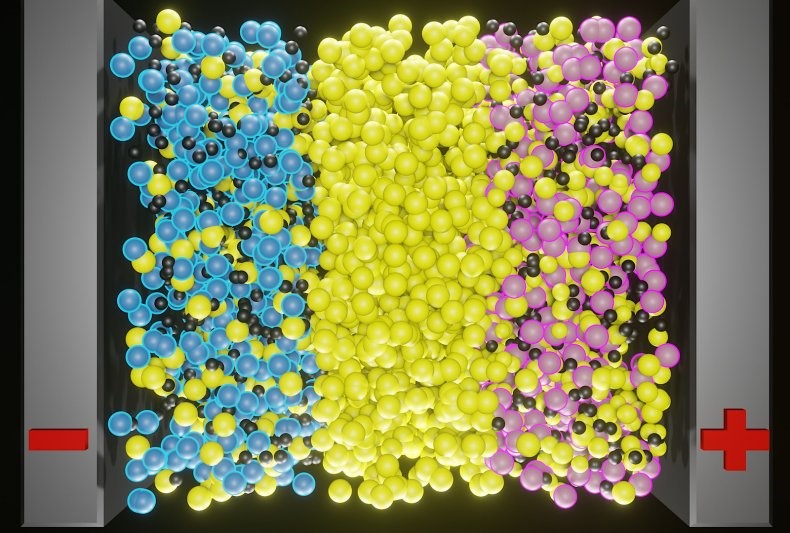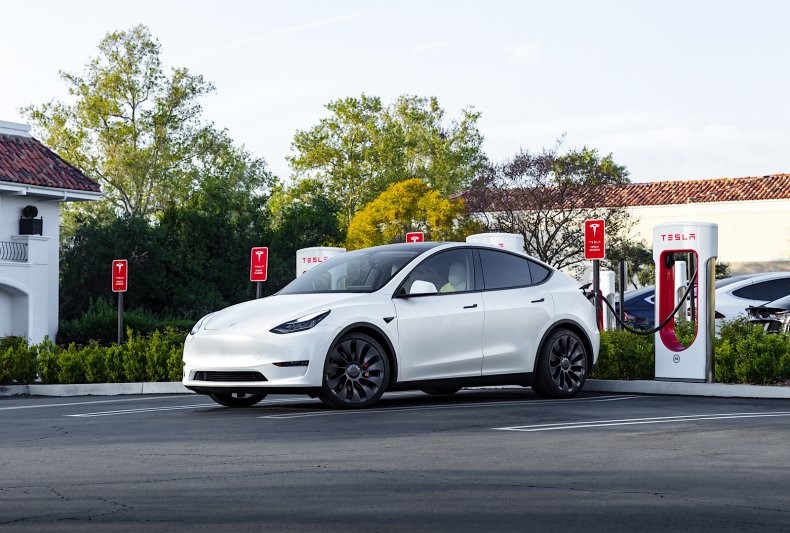Introduction:
At present Lucid Air is offering the longest range of battery electric cars in the market. As per EPA (Environmental Protection Agency) estimates the present range is 516 miles in one go.
The new Toyota cars will come with solid-state battery technology and this will allow them to go 745 miles between charging stops. And also this will be charged to its full capacity within only 10 minutes.
Many automakers are working on future electric vehicle battery technologies for cell composition, range, and recharging capabilities.
Presently battery electric vehicles(BEVs) are using either lithium-ion or nickel-metal hydride composition. These batteries are basically heavy and very large in size and because of huge in size and weight, they acquire most of the space between the wheel on the chassis of the car.
Solid-State Battery for electric cars:
Solid-state batteries are the next leading-edge revolution in the field of electric vehicles. They offer incredible commitment, however, they’re not yet good to go.

A typical 3D pictorial View of a Solid-State Battery Cell
An automotive reporter John Voelcker told Newsweek that “For some time now the solid-state battery cell technology is really a Holy Grail, many different engineers, and researchers are working to make it sufficiently practical, scalable, and affordable to be used in production vehicles.”
Traditional batteries like lithium-ion and nickel-metal hybrid contain liquid or polymer gel electrolytes. All the different companies generally use different parameters and chemistry to get the optimum results for their brands.
Solid-state batteries are designed to be more energy dense having solid electrolytes and solid electrodes. These are smaller in size and carry less weight, so these factors will give more range for Battery electric vehicles.
R&D for Solid-State Cell Battery:
The Solid–state technology is not very new but its mass-scale application for automobiles is obviously new. In the year 1990s, the researchers & scientists of Oak Ridge National Laboratory created a new class of solid-state electrolytes, which comes to the notice of auto industries.
All the leading vehicle companies like Mercedes-Benz, BMW, Toyota Motor, Ford Motor, Volkswagen Group, Nissan Motor Company, and others have either currently started or are willing to start putting resources into the research & development of solid-state battery technology. And many others have associated with energy innovation companies to work toward their development goals.
A number of issues have to solve by the automakers and the battery makers before they come to the market like the installation of charging infrastructure to support high voltage fast charging ability.
“In some ways, the capability to charge more rapidly and the robust infrastructure to support that ability is more critical than attaining 700-plus miles range. The charge time and range claims complement each other. And the infrastructure and the charge time are the main elements that consumers talk about and question today. If the questions of ‘Can I safely and securely charge when I need to and how long will it take?’ can be answered in a way consumers trust, the range question becomes a bit less critical.”
A self-imposed deadline by many automakers is of the year 2030 or 2035 to become an all-electric manufacturer. Others are promoting their capacity to be climate neutral by 2050 or before, which is a term used to describe a sustainability focus throughout the development, manufacturing, and useable lifecycle of a vehicle, and beyond.
These initiatives include the use of solid-state batteries. Though, this does not indicate that the upcoming batteries will completely swap the cars of today. The architecture of contemporary EVs and the infrastructure for charging them are similar.
According to Chad Kirchner, vice president of content at EV Pulse, “new charging hardwires will probably be needed to take full advantage of the increased charging speeds of solid state, but future vehicles should be backward compatible with current hardware, especially with the adoption of North American Charging Standard (formerly known as the Tesla charging connector) by most automakers.”
“There might be a time in the upcoming years when the upgrading is compulsory, but it won’t be instant & overnight. This is particularly true when new vehicle possession is a decade or furthermore at a time.”

Tesla Model Y at a Supercharger. TESLA
According to a report by S&P Global, now, most car owners keep their vehicle for a little more than 12 years, and a decade ago, the average ownership was approx. 9.7 years.
Mr. Voelcker, an automotive reporter, said, “While it’s practical to expect solid-state cells to perform in limited use by the close of this decade, it’s worth noting their checkered trajectory to date within one of the biggest, most respected, and most profitable car companies on the planet,”
To date, no actual solid-state cells have appeared so far, and expected to see them maybe around 2030.
“A more extensive change from a gas-powered motor overwhelmed market to an EV-ruled market not entirely settled by any a single turn of events or innovative leap forward. Longer reach and quicker charging times are significant, yet the foundation and buyer costs are additionally basic. The significance of Toyota’s declaration is that it is one more step along the way — and each step counts,” Brinley said.
Conclusion:
To date, all the electric vehicles are running on traditional batteries i.e. either lithium-ion batteries or nickel-metal hybrid batteries. And this battery system gives a maximum of 450 -500 miles on one charge approx.
The Solid-state batteries are designed to be more energy dense having solid electrolytes and solid electrodes. These are smaller in size and carry less weight, so these factors will give more range for Battery electric vehicles.
So the future is of all-electric vehicles and many manufacturers are doing various R&D to come up with more effective & efficient vehicles for the future.


You are a very capable individual!
https://www.ifashionstyles.com I Fashion Styles
whoah this blog is wonderful i love reading your posts. Keep up the great work! You know, lots of people are searching around for this information, you could aid them greatly.
Hmm it looks like your site ate my first comment (it was extremely long) so I guess I’ll just sum it up what I had written and say, I’m thoroughly enjoying your blog. I as well am an aspiring blog writer but I’m still new to everything. Do you have any suggestions for first-time blog writers? I’d definitely appreciate it.
I’d like to find out more? I’d love to find out more details.
Your articles are extremely helpful to me. May I ask for more information?
This blog is an excellent primer on eBikes! The details and explanations provided are incredibly helpful. As someone who built their eBike with top-tier parts from pedalassisted.com, I can confidently say that the experience was both rewarding and empowering.